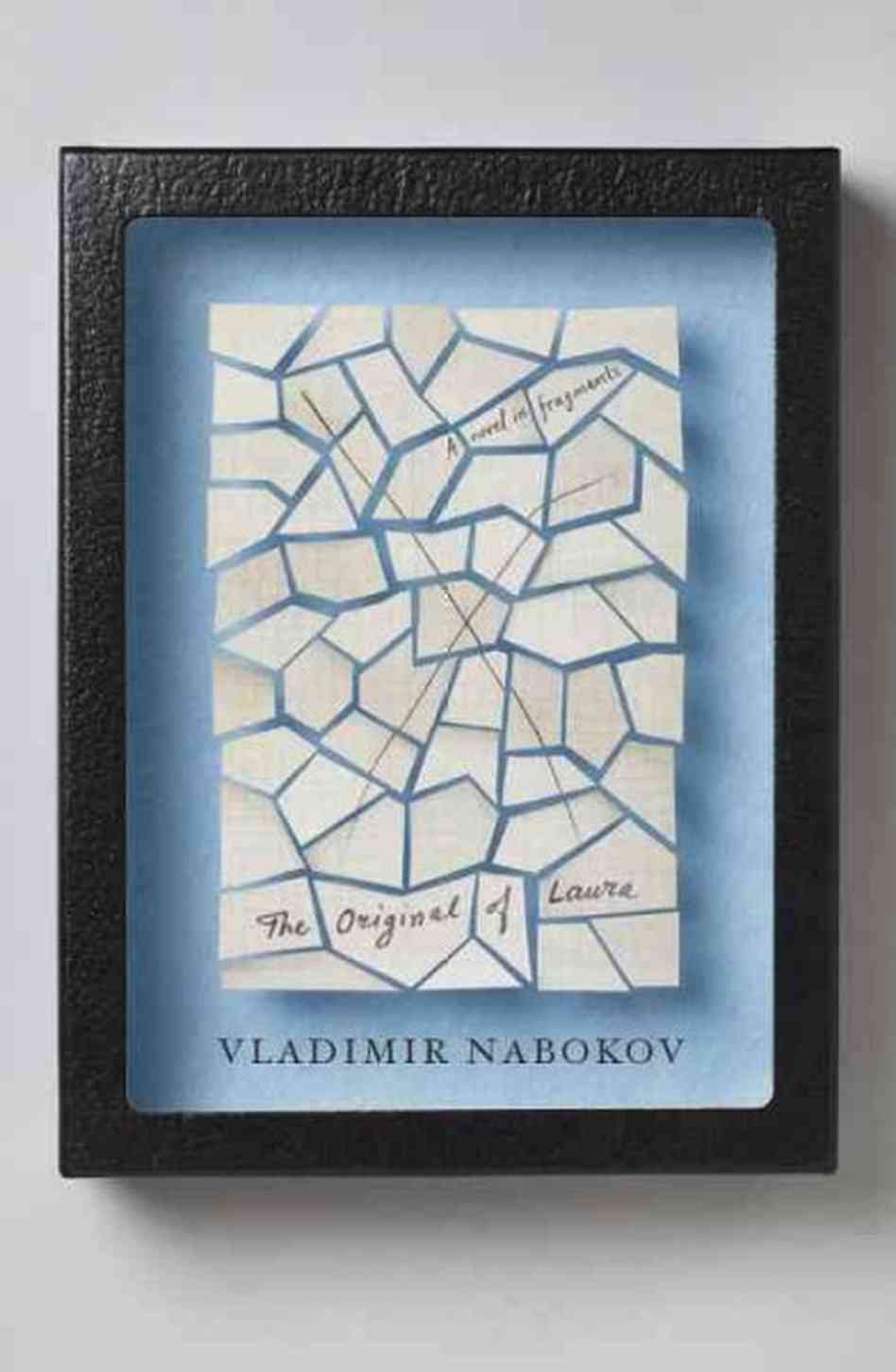 The Original of Laura: A Novel in Fragments
The Original of Laura: A Novel in Fragments
By Vladimir Nabokov
Just before his death, Russian-American novelist Vladimir Nabokov ordered that his final work, The Original of Laura, be burned if he died before its completion. When the Lolita writer passed away in 1977, his wife couldn’t bring herself to do it. Their son Dmitri eventually inherited the collection of 138 hand-written index cards his terminally ill father slaved over during his final days, and after decades of internal debate, he published his father’s unfinished work. “Should I be damned or thanked?” Dmitri asks in the introduction to the novel. Originally titled Dying is Fun in Nabokov’s initial notes, The Original of Laura focuses on Dr. Philip Wild, who is married to the promiscuous Flora—the subject of a salacious novel written by an ex-lover—and enjoys killing himself slowly through meditation, from the toes up. “The process of dying by auto-dissolution afforded the greatest ecstasy known to man,” Wild says. “Would it not be a brilliant move, thought I, to get rid of my toes by sacrificing them to an experiment that only cowardness kept preventing?” Don’t expect a continuous story line here. This is a “novel in fragments” after all, and the reason the author intended it to be destroyed upon his death. For fans of Nabokov’s previous work, the novel is a peek inside the writer’s mind and process. The handwritten cards, scribbles, cross-outs, edits, and notes meant to be elaborated on at a later date, are photocopied into the pages of the book, with the words transcribed below. This process of writing in pencil on index cards, allowing the order of fragments to be easily changed, was the same way the author composed his most famous novel, Lolita. In the hardcover edition of The Original of Laura, the pages are perforated, so the index cards can be removed from the book, and the reader can move around the cards the way Nabokov would have. Certain cards near the end of the book seem to fit perfectly within the context of the first pages, with the final card aptly reading: “efface—expunge, erase, delete, rub out, wipe out, obliterate,” the author’s intent for the book. The Original of Laura requires multiple reads to do it justice. Upon doing so, maybe even mixing up the cards a little each time, an outline of what would have been a true Nabokov novel filled with beautiful prose begins to take form, but it’s up to you to fill in the blanks.
[colored_box color=”blue”]Click to purchase The Original of Laura
[/colored_box]






























